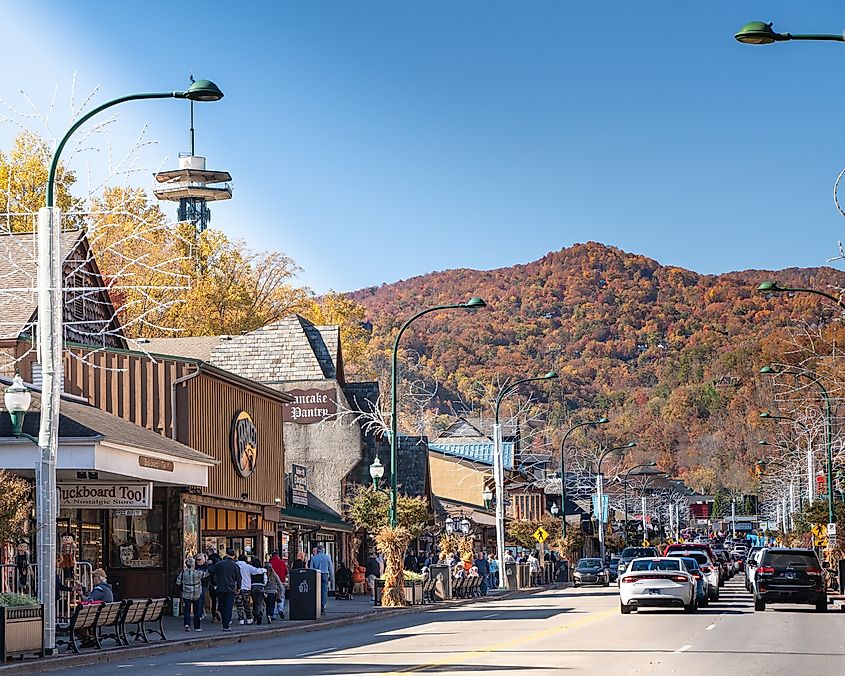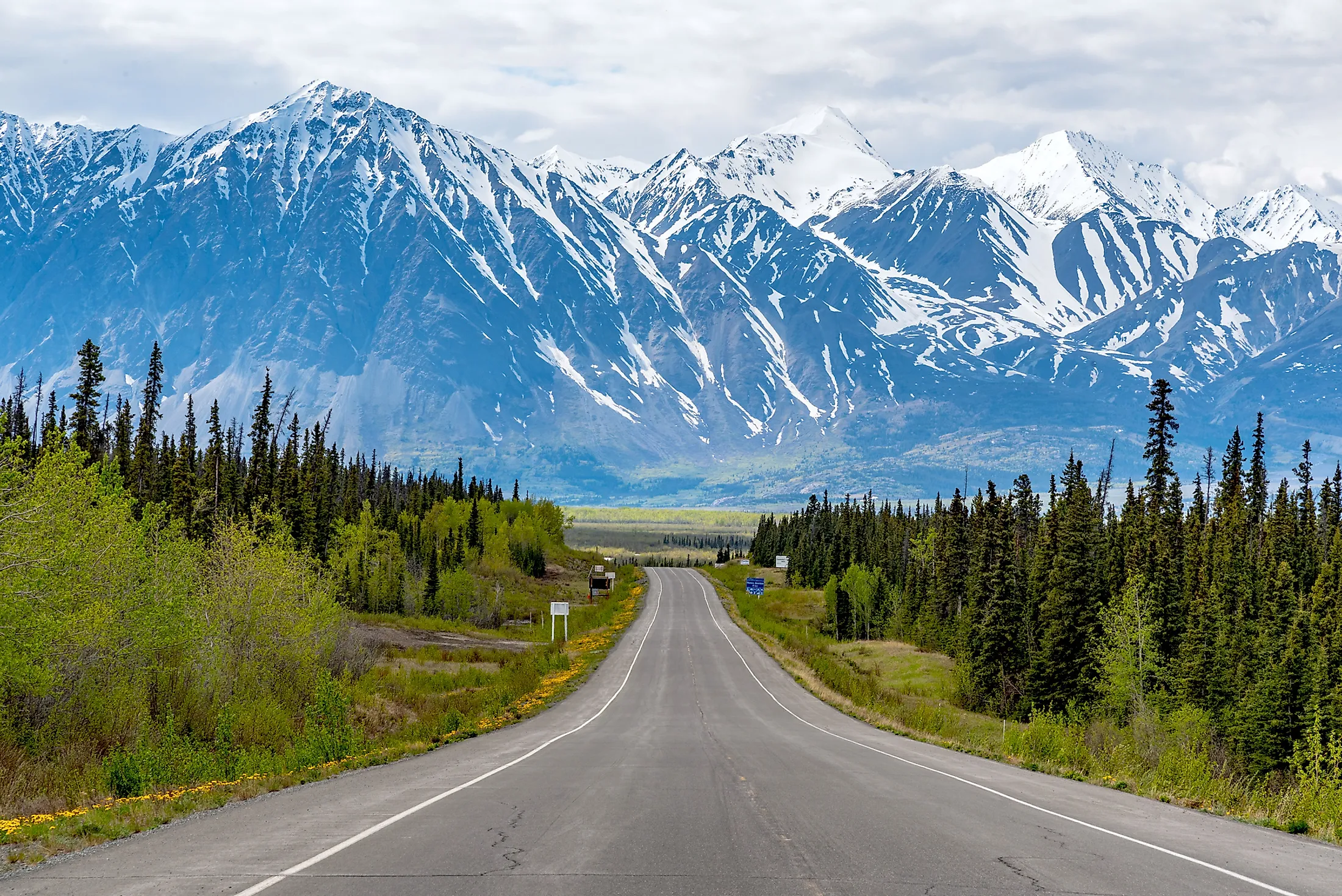In the Maldives, Luxury Takes Many Shapes. The sleek, black, and diamond-shaped reef manta rays, gliding on nine-foot wings with mouths agape, formed a mesmerizing spectacle below, spiraling in a cyclone formation to feed within Hanifaru Bay, a shallow inlet in the Baa Atoll. This awe-inspiring congregation exemplifies why the Maldives, consistently ranked as a top island destination in the Africa & Indian Ocean region, is a magnet for discerning travelers seeking unique experiences that extend beyond mere relaxation. Beyond its pristine beaches and luxurious resorts, the Maldives boasts a rich marine ecosystem, playing host to the seventh-largest and fifth-most-diverse coral reef system on the planet, a crucial biodiversity hotspot in the Indian Ocean.
The seasonal dance of nature dictates the rhythm of life in Hanifaru Bay. From May to November, the southwest monsoon carries minerals from the Saharan Desert across the Indian Ocean, providing essential nutrients to microscopic phytoplankton. As night descends, zooplankton ascend from the ocean depths to feast on this phytoplankton bloom, their movements orchestrated by lunar tides that push them into the bay. This concentrated food source acts as a powerful attractant, drawing hundreds of manta rays to partake in the bounty. The ecological significance of this phenomenon was formally recognized in 2011 when Baa Atoll was designated a UNESCO Biosphere Reserve, placing its invaluable natural resources under international protection and mandating sustainable practices within the region. This designation reflects a broader global trend of recognizing and preserving critical marine environments.
My base for this Maldivian exploration was Finolhu, A Seaside Collection Resort, a tranquil haven comprising 125 villas nestled on one of the 75 islands that constitute the Baa Atoll. The resort’s commitment to environmental stewardship was immediately apparent through its on-staff marine biologist, Ivanna Tobar – a common feature in many Maldivian properties. As we approached Hanifaru Bay, Tobar briefed us on the regulations: "No boats are allowed inside the bay; we must swim in. Our time is limited to 45 minutes, strictly enforced." The presence of Biosphere rangers underscored the seriousness of these guidelines, ensuring adherence to a strict code of conduct: "No chasing, no touching, and absolutely no riding the mantas. This is a serious offense, okay?" These rules are essential, given the increasing pressure from tourism and the fragility of the manta ray population.
The commitment to preserving the marine environment extended beyond manta ray protection. The previous afternoon was spent participating in an ocean-plastics cleanup on Olhagiri, a nearby islet, home to breeding male frigate birds, identifiable by their inflated vermilion chests displayed to attract females roosting in the mangroves. “The louder the mating calls,” Tobar explained, “the more intense the romantic activity.” While frigate birds remained elusive, the abundance of hermit crabs was striking. However, as Tobar revealed, these creatures are vastly outnumbered by plastic debris. While the meticulous upkeep of resort beaches and lagoons may mask the severity of the global plastic pollution crisis, the reality is stark. An estimated 22 trillion pounds of plastic currently litter the world’s ocean floors, while a staggering 51 trillion microplastic particles contaminate the water column. The Maldives enacted a ban on single-use plastics in 2022, yet the pervasive nature of plastic pollution, driven by ocean currents carrying debris from distant shores, necessitates a sustained and multifaceted approach. The 450 pounds of plastic collected during the cleanup was entrusted to Parley Maldives, an environmental non-profit collaborating with Adidas to transform discarded plastics into sustainable sneakers, highlighting the potential for innovative solutions. This collaboration reflects a growing trend in corporate social responsibility, where businesses are actively engaging in environmental conservation efforts. As a reward for the cleanup efforts, spinner dolphins graced the boat’s bow with acrobatic displays, a reminder of the natural beauty at stake.
Beyond waste management, proactive coral restoration initiatives are becoming increasingly integral to the Maldivian tourism experience. The nation’s allure rests on its serene, palm-fringed beaches, soft white sands, and crystalline waters teeming with vibrant marine life sustained by its reefs. Marine biologists stationed on these islands dedicate themselves to rehabilitating reefs impacted by coral bleaching, a consequence of rising sea temperatures. While bleaching can be reversible, and certain coral species demonstrate resilience, intervention is crucial. Tobar and her colleagues collect polyps from surviving reefs, nurture them in protected nurseries on sandy bottoms, and subsequently transplant them to degraded reef areas once they reach maturity. Guests are invited to participate by adopting baby corals, assisting in attaching fragments to rebar frames, and joining snorkel dives to deploy these frames into the lagoon. "It’s not the typical vacation activity," Tobar admitted, "but it’s incredibly rewarding."
The standard of luxury in the Maldives elevates even commonplace experiences. Ahmed Saanih, my personal butler at Finolhu, epitomized this attentiveness, managing every detail from restaurant reservations and spa appointments to providing transportation via golf cart and delivering snorkeling gear directly to my overwater bungalow, granting immediate access to the vibrant reef below. Culinary experiences were equally exceptional, ranging from sushi and Wagyu steak at Kanusan, the resort’s Japanese restaurant, to an enormous crustacean feast at the Crab Shack situated on the island’s expansive sandbar. The mornings commenced with workouts in a glass-enclosed gym overlooking the beach, followed by rejuvenating Ayurvedic Abhyanga massages. The sheer indulgence of a Maldivian vacation seamlessly integrates with opportunities for voluntourism, blurring the lines between leisure and responsible travel.
During a previous visit, coral restoration had been a highlight, and on this trip, I revisited Tobar’s nursery to observe its progress. A subsequent scuba dive at Muthafushi Thila revealed the extraordinary biodiversity supported by the reef. Moray eels and lobsters peered from crevices, hawksbill turtles grazed on sponges, and giant trevally patrolled the depths. Parrotfish, angelfish, and schools of bluestripe snappers painted the reef with vibrant colors, while surgeonfish, attracted by the diver’s bubbles, circled overhead. The sheer abundance of life overwhelmed the senses, resulting in a simple yet profound entry in my dive log: "Fishies!!" The Maldives offers a unique blend of opulence and environmental consciousness, leaving a lasting impression.
The future of the Maldives hinges on a delicate balance between economic prosperity driven by tourism and the imperative of environmental conservation. "The challenge is to maintain the appeal of the Maldives as a luxury destination while simultaneously safeguarding its natural resources," notes Dr. Anya Sharma, a Senior Tourism Analyst at the Global Sustainable Tourism Council. "Sustainable practices are not just a moral imperative but also an economic necessity for the long-term viability of the Maldivian tourism industry." The economic impact of tourism is substantial, contributing an estimated 32% to the nation’s GDP. However, the industry’s reliance on pristine environments necessitates a proactive approach to mitigating its environmental footprint.
The Maldivian government has implemented various initiatives to promote sustainable tourism, including the establishment of marine protected areas and the promotion of eco-friendly resorts. Furthermore, the nation is actively investing in renewable energy sources to reduce its reliance on fossil fuels. However, the effectiveness of these measures depends on the active participation of both tourists and the tourism industry. "Tourists have a crucial role to play in supporting sustainable tourism practices," asserts Professor David Chen, a Professor of Public Policy specializing in environmental economics. "By choosing eco-friendly resorts, participating in conservation activities, and minimizing their environmental impact, visitors can contribute to the preservation of the Maldives for future generations."
The Maldives’ commitment to environmental sustainability is not merely a local concern but has broader implications for the global community. As a low-lying island nation, the Maldives is particularly vulnerable to the impacts of climate change, including rising sea levels and coral bleaching. The nation’s efforts to mitigate these impacts serve as a model for other vulnerable countries and underscore the urgency of global action to address climate change. If the Maldives is able to effectively balance its economic aspirations with its environmental responsibilities, it can serve as a beacon of sustainable tourism, demonstrating that luxury and conservation can coexist harmoniously. The long-term success of this endeavor will depend on continued innovation, collaboration, and a shared commitment to preserving the natural beauty and ecological integrity of this unique island nation. The Maldives tourism sector contributed roughly $3.5 billion to the national economy in 2024, with projections indicating a 7% increase annually, contingent upon sustained conservation efforts. Furthermore, resorts that actively engage in sustainable practices have reported a 15% increase in occupancy rates compared to those without such initiatives, showcasing the growing demand for eco-conscious travel experiences.





